Description

1. Parameter Specifications
- Power Supply: The PXI – 6052E is designed to operate within the PXI chassis power supply environment. In a standard PXI system, it draws power from the backplane, which typically provides a stable 3.3V, 5V, and 12V power supply. The power consumption of the PXI – 6052E is relatively low, ensuring energy – efficient operation within the PXI platform.
- Input/Output (I/O) Features:
-
- Analog Inputs: It comes with 16 single – ended or 8 differential analog inputs. The input voltage range can be configured to cover ±10V, ±5V, ±2.5V, ±1V, ±0.5V, and ±0.1V, providing flexibility for measuring various analog signals. The analog – to – digital (A/D) converter has a resolution of 12 – bit and a sampling rate of up to 200 kS/s (kilo – samples per second), enabling accurate and high – speed data acquisition.
-
- Analog Outputs: There are 2 analog outputs with a 12 – bit resolution and an update rate of up to 1 MS/s (mega – samples per second). The output voltage range is typically ±10V, suitable for driving analog – controlled devices.
-
- Digital I/O: The device offers 32 TTL – compatible digital I/O lines, which can be used for general – purpose digital control and communication, such as triggering external devices or receiving status signals.
-
- Counter/Timer: It includes 3 24 – bit counter/timers, which are useful for tasks like measuring frequencies, generating pulses, and implementing time – based control.
2. Applications
- Data Acquisition in Research Labs: In scientific research, the PXI – 6052E is used to collect data from a wide range of sensors. For example, in a physics experiment, it can measure electrical signals from sensors detecting physical phenomena such as temperature, pressure, and magnetic fields.
- Automotive Testing: In the automotive industry, it is used for vehicle component testing. It can measure the performance of engines, transmissions, and electrical systems by collecting data from sensors placed on these components.
- Industrial Process Monitoring: In manufacturing plants, the PXI – 6052E can monitor industrial processes. It can measure parameters like the temperature, pressure, and flow rate of fluids in a chemical manufacturing process, ensuring the process runs smoothly and within the specified parameters.
3. Weight and Dimensions
- Weight: Since it is a PXI – module, its weight is relatively light, approximately 0.2 kg. This lightweight design is convenient for installation within a PXI chassis, which may house multiple modules.
- Dimensions: It follows the standard PXI form – factor. The dimensions are typically 100 mm in width, 160 mm in height, and 160 mm in depth, allowing it to be easily integrated into a PXI system.
4. Features
- High – Speed and High – Precision: With its high sampling rate and 12 – bit resolution, it can accurately capture and digitize analog signals in real – time, making it suitable for applications that require fast and accurate data acquisition.
- Flexible Configuration: The ability to configure input and output ranges, as well as the digital I/O and counter/timer functions, provides great flexibility for different application requirements.
- Compact and Modular Design: The PXI form – factor allows for easy integration into a modular system, and its compact size saves space in test and measurement setups.
5. Stability and Reliability
- Robust Construction: Built to withstand the rigors of industrial and laboratory use, the PXI – 6052E has a durable construction that protects its internal components from environmental factors.
- Error – Handling and Calibration: It often includes built – in error – handling mechanisms and calibration features. These ensure accurate measurements over time and can detect and correct errors during data acquisition, enhancing the device’s reliability.
- Quality Manufacturing: The manufacturing process adheres to strict quality standards, guaranteeing long – term stable performance.
6. Real – World Examples
- Semiconductor Testing: In a semiconductor manufacturing facility, the PXI – 6052E is used to test the electrical characteristics of integrated circuits. It can measure parameters such as voltage, current, and resistance, ensuring the quality of the semiconductors before they are shipped to customers.
- Aerospace Component Testing: In the aerospace industry, it is used to test the performance of aircraft components. For example, it can measure the vibration and temperature of engine components during simulated flight conditions, providing valuable data for component design and improvement.



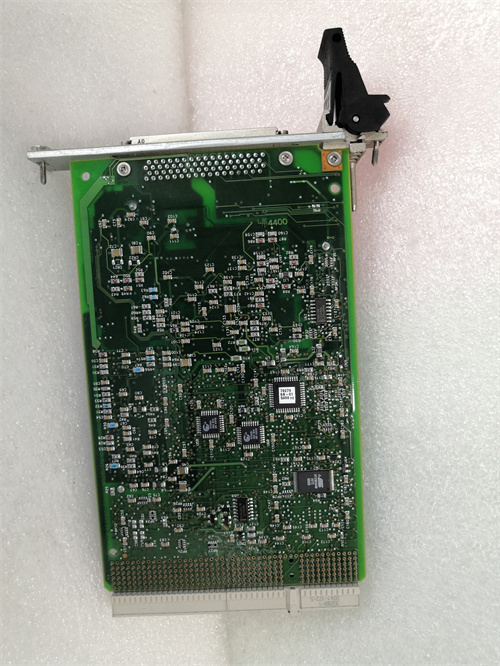
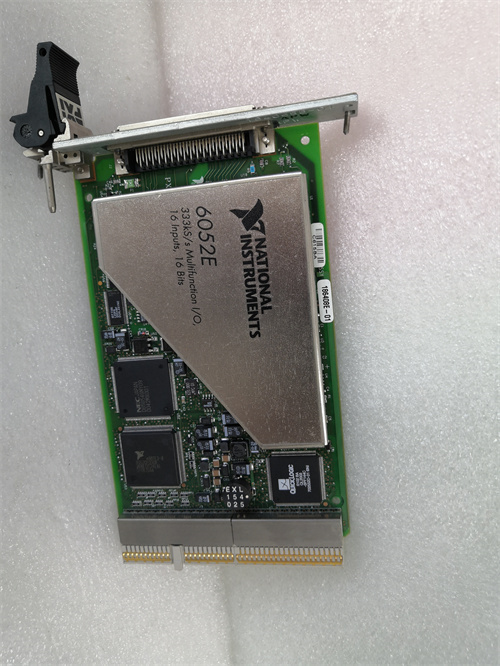




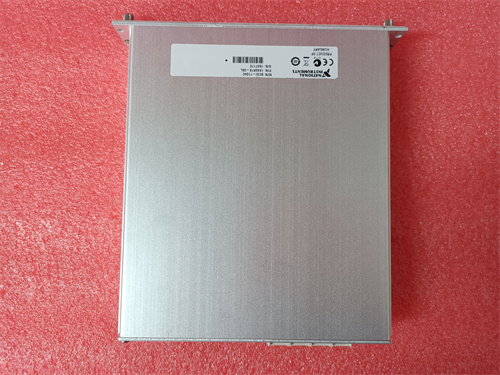
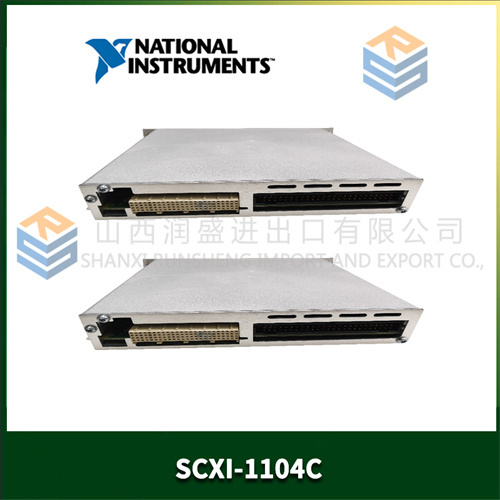
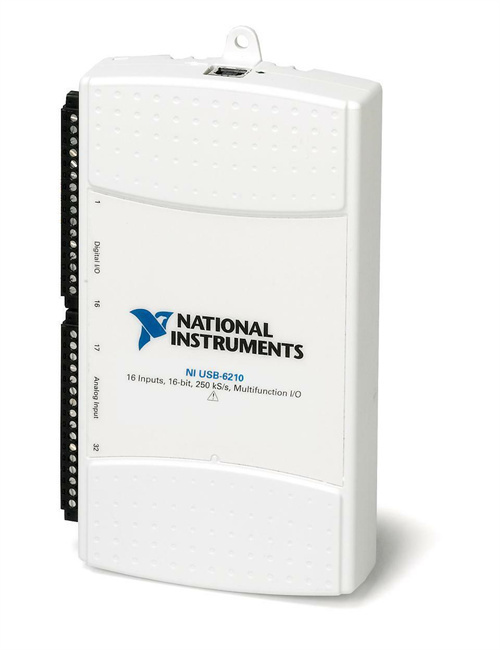
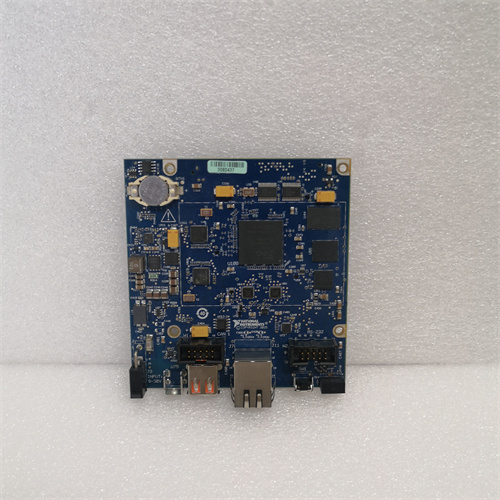


Reviews
There are no reviews yet.